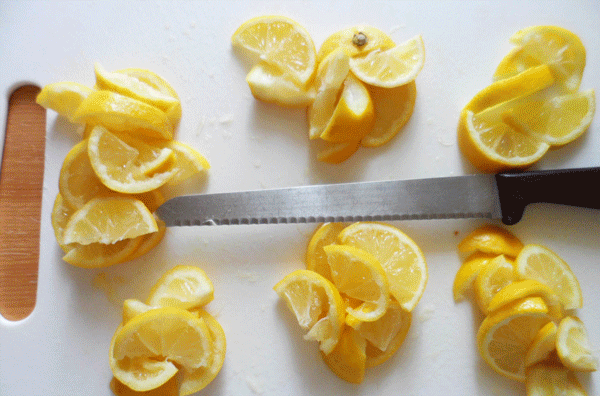For this session we were asked to carry out a typographical task. Using references provided, featuring a variety of architects, designers and artists, we were asked to transcribe shapes from these to make letter forms and or typographic characters. The letters could be lowercase or uppercase but had to be a,n,e,s and g. We had to generate at least 3 different options from the image samples provided.
The first image sample I used to transcribe letter forms from was Edward Wadsworth's piece 'Newcastle' which is a Vorticist piece of work. Vorticism was a short-lived modernist movement in British art and poetry of the early 20th century. It was partly inspired by Cubism.
Here are the uppercase letters I transcribed from this piece:
And the lowercase sample:
I feel the uppercase letters could reflect better the different elements of Wadworth's work and be more expressive as the letters are very basic. With the lowercase sample I tried harder to pick out shapes from the reference to turn in to letter forms.
My second typography samples were inspired my Milton Glaser's Dylan Poster Art - 1966.
Here are my uppercase letters inspired by this piece:
As well as my lowercase letters:
I quite like how the uppercase letters look, but feel the lowercase letters could look better in terms of shape but I think that I have transcribed Glaser's work quite well here.
The third reference I looked at as inspiration was ‘PROUN’ by El Lissitzky (1923).
Here are my transcribed uppercase letters:
Here are the lowercase letters I transcribed:
I found that this piece lent itself quite well to formulating letters as it features many different shapes and angles, with a mix of curves and straight lines.
For my fourth typography sample I looked at a piece of work by Laurie Rosenwald. Although she already includes type in her work, I was interested in looking at the shapes and images to transcribe letter forms.
These are my uppercase letters inspired by this piece:
And my lowercase letter samples:
I'm not sure the letters I've transcribed from this piece work that well, especially the lowercase sample as the a looks more like an o, and although the uppercase letters all relate to each other and match up to Rosenwald's work quite well they're a bit basic and I could have probably produced more interesting designs.
The fifth image sample I used was Herbert Bayer's work, I used both of these designs when constructed letters.
Here are the uppercase letters I transcribed from this:
And the lowercase letters:
Using this reference material to transcribe letters was the most challenging I feel, maybe due to the fact that I was transcribing images with a 3d perspective, but I also feel these letter forms are my most expressive and represent the reference material I used well.





























































